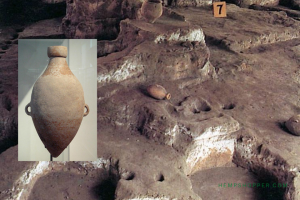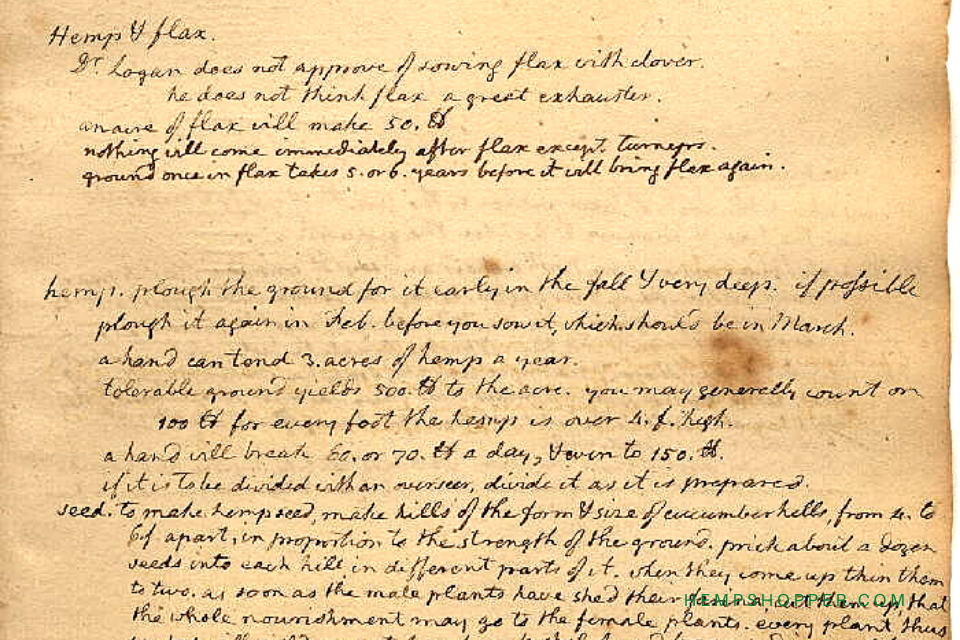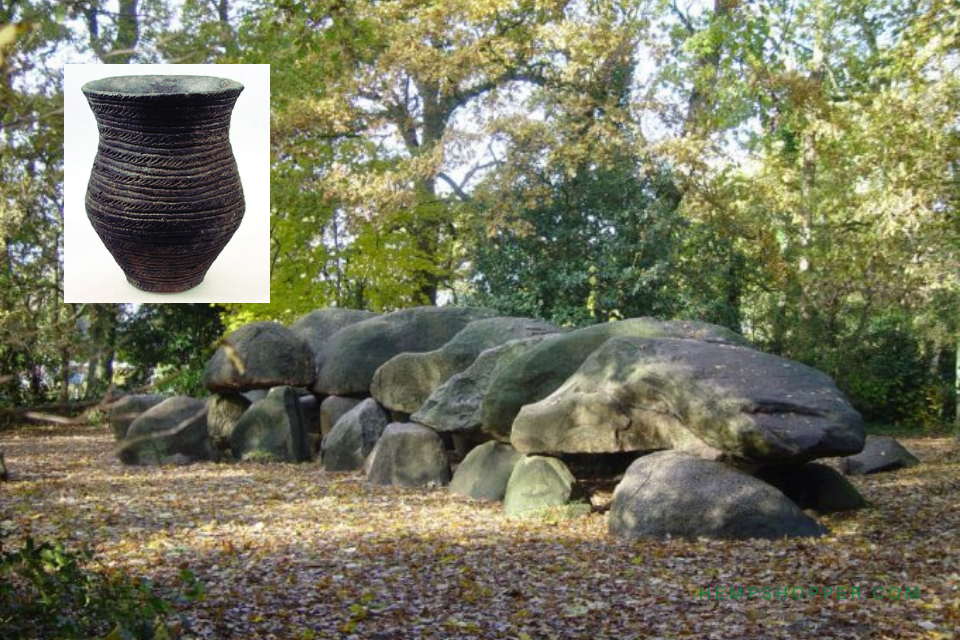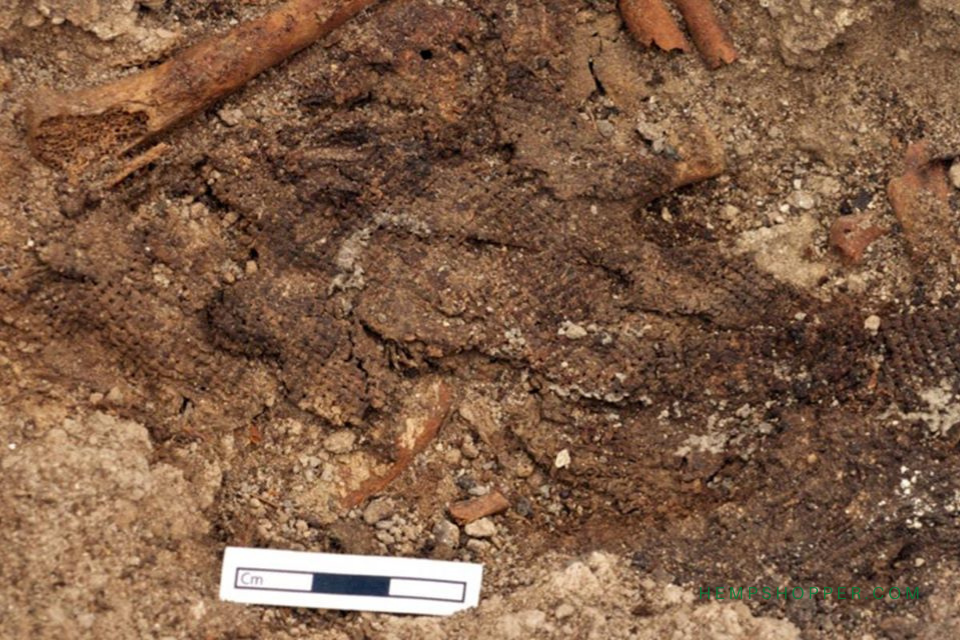4000 BCE: The earliest well-documented evidence of cannabis use

4000 BCE: The earliest well-documented evidence of cannabis use.
The earliest well-documented evidence of cannabis use is from China, where carbon -14 dating has confirmed it from 4000 BCE1. An abundance of archaeological evidence proves the continuous cultivation of hemp from prehistoric times. Among the items excavated from a late Neolithic site in Zhejiang provinces, several textile articles were found made of hemp and silk. Cannabis was primarily an important fiber plant. It was used extensively in making ropes, cordage, fishnets: fabrics of all kinds.
Imprints of hemp textiles and cordage adorn several fragments of pottery found amongst the ruins of Xi’an Banpo village in Shaanxi province. Through the C14 dating of these remains, they were confirmed as cultural relics of the Yangshao culture (4115 +/- 110 BCE to 3535 +/105 BCE)2.
The Yangshao culture was a Neolithic culture that existed extensively along the central Yellow River in China. The culture flourished mainly in the provinces of Henan, Shaanxi and Shanxi. It is dated from around 5000 BC to 3000 BC. The Yangshao culture produced silk to a small degree, wove hemp and produced pottery. They wore hemp clothing and domesticated pigs and dogs.1 Although the imprints of textiles and cordage could have been made from fibers other than hemp, hemp remains the most likely choice.
Archeological strata at Xi’an Banpo contained large amounts of pollen identified as belonging to the genus Humulus. Humulus is the closest relative of Cannabis and their pollen grains are very similar in appearance. Pollen grains of Cannabis could easily have been confused with, and incorrectly identified as, Humulus pollen1.
1.HUI-LIN, L. (1974). An archeological and historical account of Cannabis in China. Economic Botany. 2.Xi'an Banpo Museum Publication (1963). Research and text © Hempshopper Amsterdam.


 Hempshopper Amsterdam
Hempshopper Amsterdam 






